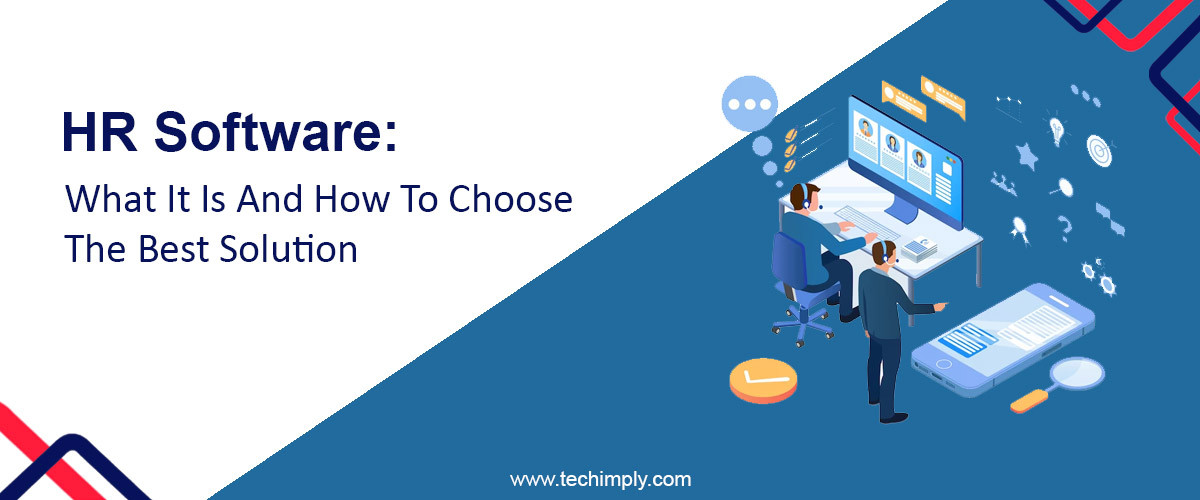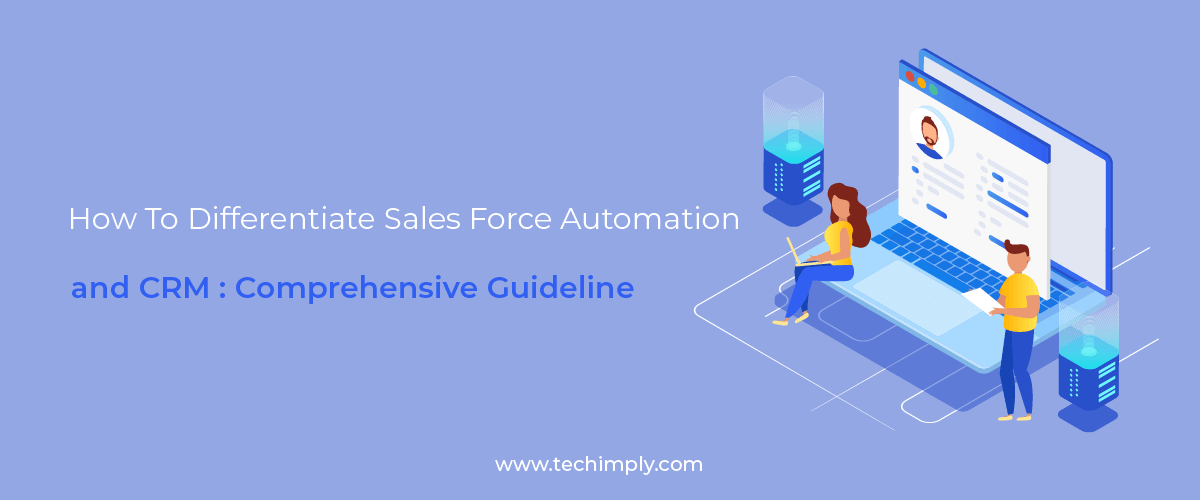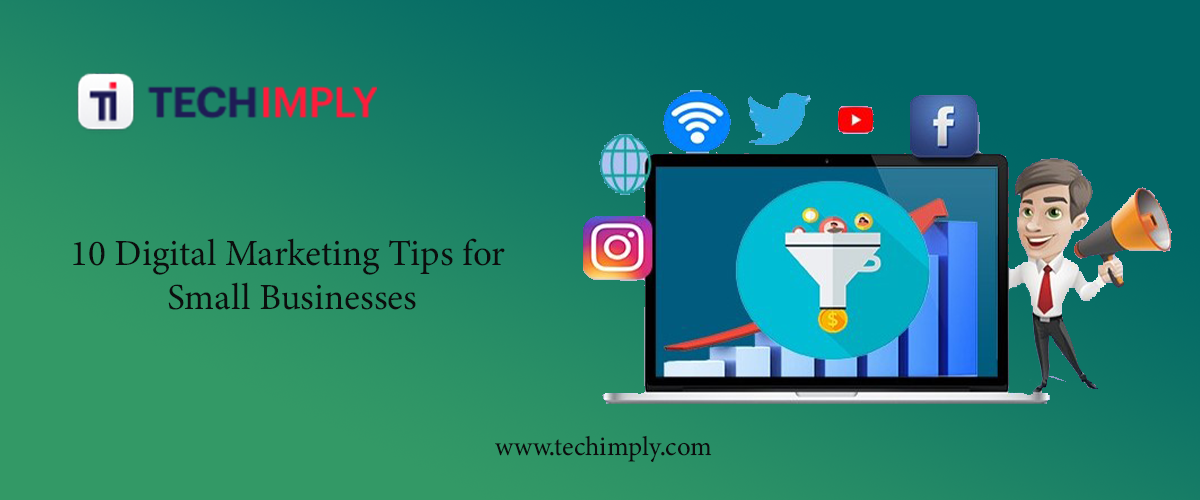What Is HR Software And How Does It Work?
HR software" is a comprehensive term for various tools, platforms, and systems utilized by human resources departments to streamline processes and boost operational efficiency. This digital toolbox addresses all HR functions, eliminating excessive administrative tasks, and equipping HR professionals to perform their roles more effectively. The suite of HR software may encompass solutions for:
-
People management
-
Absence management
-
Payroll
-
Recruitment
-
Talent management
-
Workforce management
-
Compliance
-
Employee engagement
-
Reporting and analytics
The Top HR software serves dual purposes by supporting both strategic initiatives and operational processes. An integrated HR platform offers comprehensive features for managing learning and growth opportunities, rewards programs, and employee engagement software among others. This software simplifies processes through automation, organizes data effectively, and provides valuable insights, thereby elevating the employee experience.
The right HR software can seamlessly handle daily tasks, simultaneously improving the organization's work environment. A career in HR provides the chance to influence the company's culture and positively impact people's lives. If you're struggling with the resources and time to engage with colleagues, foster growth, and innovate to deliver a superior people experience, it's time for your HR software to do more.
How To Choose HR Software
Ready to find your next HR software platform? Follow these eight steps to help you make the right selection for your team:
-
Assess Your Current HR Resources
-
Distinguish Essential Features
-
Form a Decision-Making Committee
-
Determine Your Financial Commitment
-
HR Suites versus Individual Tools
-
Initiate Initial Research
-
Test the Potential Choices
-
Finalize Your Decision
1. Assess Your Current HR Resources
If your existing Human Resources system continually poses issues, it's probably a signal to think about enhancing your tools. Begin the selection journey by identifying the challenges faced in your current procedures and processes. Key considerations could range from isolated information, recurring manual tasks, to inadequate customer support. Defining your requirements early on will boost the likelihood that your new software will meet your objectives.
2. Distinguish Essential Features
Having a catalog of preferred features aids in recognizing the constraints of your existing HR Analytics Software. However, it's improbable that your chosen software will cover all aspects. For prioritization, create two lists: one for essential HR system features and another for desirable capabilities. Utilize these lists to condense your options throughout the HR software selection journey. Dismiss options that fail to meet your basic requirements and use the secondary list to select the HR Software solution in India that offers the most significant impact.
3. Form a Decision-Making Committee
Selecting a new top HR platform shouldn't be a solitary task; it's essential to involve a team to ensure various perspectives and needs are considered. According to the Software Buyer Behavior Report, about 80% of firms use committee-based decision making for purchases. Typically, this decision-making team should, at the very least, include representatives from the HR and IT departments. You might also consider including members from finance and operations teams. The involvement of the leadership team or needing final endorsement from the C-suite will depend on your organization's structure.
4. Determine Your Financial Commitment
The price of Best HR software varies greatly, factoring in the size of your company's workforce and the level of technological sophistication required. It's crucial to set a realistic budget from the beginning, outlining how much you're prepared to invest in this new software. Remember to account for costs associated with implementation and migration, in addition to the software subscription itself in your financial plan. While these expenses are usually one-off rather than recurring yearly, they can considerably increase the initial outlay for the new HR software.
5. HR Suites versus Individual Tools
The sheer convenience of all-in-one Best HR software in India suites, offering a centralized hub for all HR-related functions, eliminates excessive administrative tasks with a single login. Nevertheless, these comprehensive HR platforms may not be intricate enough to cater to all your business requirements. In certain scenarios, choosing individual, specialized tools like an applicant tracking system or payroll software could be more beneficial. These can then be interlinked through integration.
6. Initiate Initial Research
Once you've settled on the kind of HR software india that suits your needs, it's time to delve into exploring potential platforms. Begin your investigation by soliciting recommendations from your professional network and perusing impartial customer reviews. Create a list of potential platforms and progressively refine it as you uncover more about the features each solution provides.
7. Test the Potential Choices
After refining your list, make the most of the demos and free trials offered by HR software providers. This hands-on experience is crucial as it allows your team to interact with the software before making a commitment. User reviews and product screenshots can be insightful, but nothing beats direct interaction. If the initial demos do not meet expectations, consider revisiting your longer list for potentially overlooked options.
8. Finalize Your Decision
In an ideal scenario, the demos and trial periods should provide clarity on which HR software in India suits your requirements best. Once you're confident in your final choice, proceed with signing the contract and begin preparing for its integration into your system.
HR Software: things to Consider
-
Advancing and Developing
Human Resource software is constantly advancing and developing. Numerous systems can provide an extensive range of features. In order to discern the most suitable option, consider the drawbacks of your current technology. Ask yourself: What are the shortcomings of your current system? Is it capable of fostering learning, supporting well-being, encouraging development, and implementing people strategies? Or is it a legacy system merely fulfilling the basic tasks? Does it provide comprehensive reporting across all sectors? Identifying these pain points can highlight their adverse effects on your business, enabling you to pinpoint your most critical business needs. This will subsequently help you in choosing a system that can adequately address and prioritize these necessities.
-
Financial Assessment
Empower your business to go beyond the conventional budget, outlining important KPIs for evaluating the effectiveness of a new HR system. This could involve considerations such as time efficiency, cost-effectiveness, risk mitigation, and data standardization, all of which reinforce the system's ROI. Instead of only considering your existing budget, strive to comprehend its purchasing power in the current market. It might be necessary to undertake a benchmarking process to understand the varying costs of different HR software in India and how they stack up against your existing systems. This benchmarking can enable you to examine alternatives and negotiate with potential vendors from a position of strength.
-
Compatibility
Best HR software can function as an individual entity or as a comprehensive, fully integrated HCM Software. You need to determine whether you want a comprehensive solution or if your organization already has independent systems - such as learning management systems, databases, or payroll software. Be straightforward and proactive when discussing integration possibilities with potential vendors, aiming to comprehend the different options and costs as they can greatly differ. Over time, a unified system can aid your business's scalability, minimizing typical issues that arise from human errors like data duplication, security infringements, and unreliable record-keeping. HR departments are presently navigating a digital shift and adapting to novel work methods, entering a technologically-driven era where complete control over systems and processes is crucial. A McKinsey survey reveals that 85% of companies accelerated their digitization processes during the pandemic to enhance workforce strategy and planning. Successful HR tech transformation necessitates system integration for precision and governance.
-
Adaptability
As businesses grow, change, and evolve, the ability to scale becomes a vital aspect of any HR software that is incorporated. With the advent of cloud technology, worries about storage limitations and maximum user capacities are largely eliminated. Cloud-based HR software operate on a subscription model, allowing you to pay for what you need. This flexibility facilitates easy scalability in features and functionality, enabling the addition of more users, new capabilities, and extra modules as needed.
-
Customer Support
While the cloud simplifies tasks for HR professionals, it often necessitates a closer partnership with software vendors. It's essential to build a strong relationship with these providers, especially in a subscription model. Evaluate the quality of service during your initial interactions, and consider whether this is a team you would like to work with in the long run. Understand precisely what software support is on offer and what's typically included in a service level agreement, ensuring you have the necessary customer support during the setup and usage of a new system.
-
Securing Business Support
To navigate the path towards progressive changes, it's crucial to secure the support of your business. Having the endorsement of stakeholders, colleagues, financial divisions, and management makes the quest for new software more efficient. As suggested by the PwC HR Tech Survey, initiating with a proof of concept and tracking and measuring outcomes can strengthen the argument for further investment.
-
Maximizing Cloud Benefits
Have you fully capitalized on the cloud's potential yet? The PwC HR Tech Survey 2023 underscores the advantages of transitioning to the cloud - most survey participants confirmed that shifting core HR applications met or even surpassed their expectations. They cited increased employee usage, enhanced HR autonomy, upgraded data security, and superior user experience as benefits. However, Performance Management System
identified cloud transition as the third largest human capital issue, and HR leaders noted missed chances to boost tech adoption. Sophisticated HR software can facilitate applications, self-service tools, easy scalability, and more via the cloud. Integrating these features not only saves time but also makes it possible to evaluate the benefits. When deciding on HR software, consider the comprehensive capabilities of the cloud.
How HR Software saves Businesses Money
-
Investing in Top HR software can lead to significant financial benefits in numerous areas. By automating HR administration, teams can dedicate more time to strategic activities, thereby increasing efficiency.
-
The onboarding process is streamlined as technology replaces traditional paperwork, expediting employee replacement and reducing hiring costs.
-
Employee self-service features minimize the volume of Small Business HR Software, promoting a leaner team structure.
-
In-house management of various HR functions, including payroll, eliminates the need for outsourcing and its associated expenses.
-
Errors, often costly, are minimized through automation, ensuring regulatory compliance and avoiding potential penalties. The support for remote work offered by such software can also decrease overhead costs associated with office infrastructures.
-
After considering the substantial time and monetary savings provided by HR software, organizations can assess current costs and calculate a precise return on investment (ROI).
-
This clarity might encourage exploration of additional HR software modules that may not have initially fit the budget, opening up opportunities for further savings.
Conclusion
Your HR team will ultimately decide on your new HR software, but by involving all of your organization's departments in the process, you may avoid missing any important features or having problems after installation.Make sure the "best" HR software you choose will accommodate both your current requirements and your company's future demands as it expands and develops. The finest HR software in India will be the one that fits your organization's demands and budget.There are several advantages to the Techimply HR Software platform that your business should take into account. The outstanding employee experience, platform adaptability, and user-friendly interface further contribute to its position as a market leader in the HR Software sector.






